Exciting XVI edition Puig Vela Cl?ssica Barcelona: Navigating to the …

Exciting XVI edition Puig Vela Clàssica Barcelona: Navigating to the past with an eye on the future
by Covadonga Muñoz 23 Jul 11:07 BST 13-15 July 2023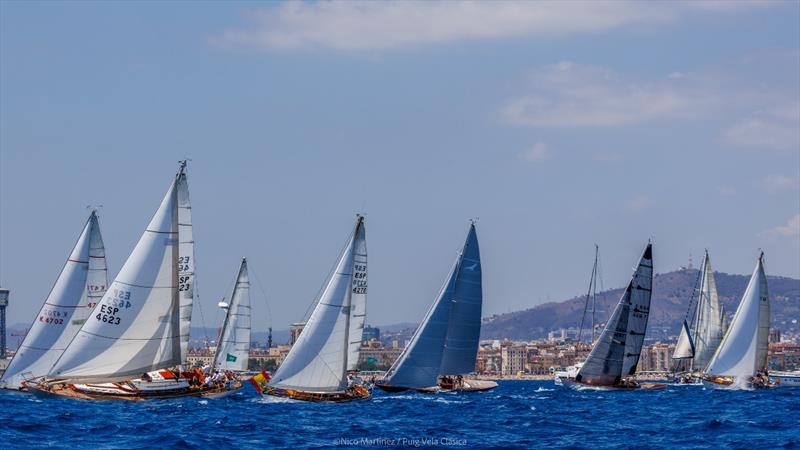 Puig Vela Clàssica Barcelona 2023 © Nico Martinez / Puig Vela Clàssica
Puig Vela Clàssica Barcelona 2023 © Nico Martinez / Puig Vela Clàssica
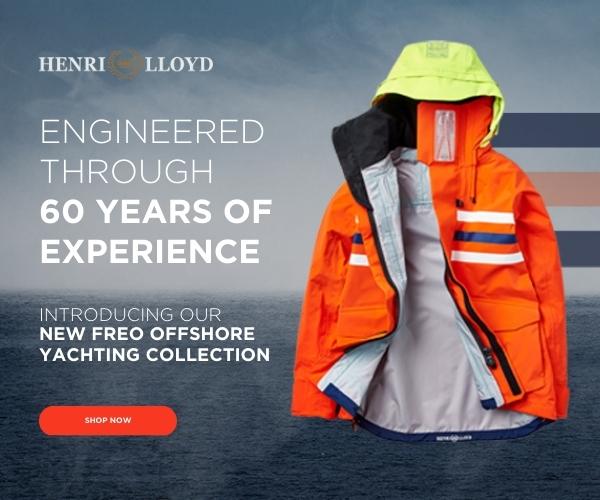
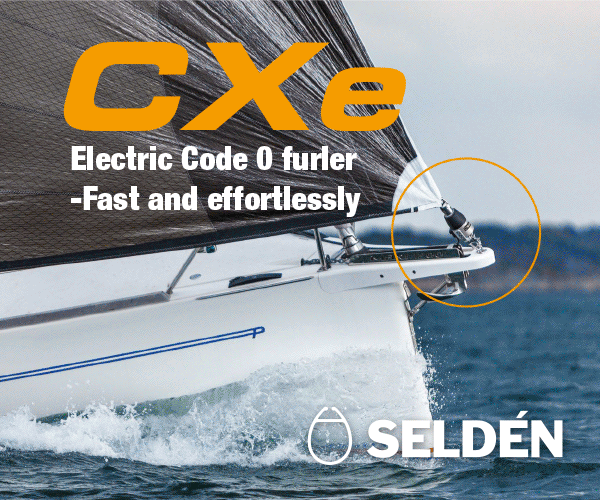
In its sixteenth edition, the prestigious Puig Cela Clàssica Regatta has brought together almost fifty boats of different categories in Barcelona for three days, from the majestic Big Boats to the elegant Classics and the new additions of the Classic IOR and Modern Classics.
- 37 boats competed at sea, grouped into Big Boats, Gaff rigged and Bermudian Vintage, Classics, IOR Classics and Modern Classics categories.
- Marigan and Argos increase their record by winning respectively for the fifth and fourth time in the Bermudian and Classic seasons.
- The R.C.N. Barcelona once again raised its organizational bar by adding to its sports program a regatta with a reverse start and finish at the mouth of the port of Barcelona.
- A contrast of eras: The America's Cup and the classics share the stage at Puig Vela Clàssica Barcelona.
With the Garbí wind as a constant companion, the sailors challenged the waters of the Mediterranean in a competition full of emotion and skill. Marigan and Argos left their mark by winning the Bermudian and Classic vintage categories respectively, further expanding their record. In addition, the Real Club Náutico de Barcelona raised the organizational bar by introducing a regatta with a reverse start and finish inside the mouth of the port of Barcelona, which undoubtedly added a touch of excitement and surprise to the event.
XVI Edition: Records and emotions on the high seas
Participation in the Puig Vela Clàssica regatta has reached record numbers in this sixteenth edition, with 37 boats out of the 43 registered finally competing at sea. To the usual categories Gaff rigged and Bermudian Vintage, Big Boats, Classics divided into groups 1 and 2, this year the recently created by the International Committee of the Mediterranean (CIM), Classics IOR category, as well as the Modern Classics, were added.
Maintaining its innovative spirit, capable of organizing the best regatta possible, the Real Club Náutico de Barcelona proposed a regatta held in the "Reverse Start" format to end the three-day competition programme. Successfully settled, it has had an exciting, uncertain outcome with another novelty: the finish line was located inside the port, thanks to the collaboration of the port authority and those responsible for marine traffic.
A range of Garbís and courses
The usual thermal wind from the South that blows on the Barcelona coast, known as Garbí, has not missed the appointment in the three scheduled days of competition. In order for its conditions to be more varied, it blew with a different intensity on each day, thus allowing the sailors to demonstrate their skills with greater and lesser force of wind. It was common in the three days that its intensity increased a bit after the departures, all with British punctuality at 1:00 p.m. Thus, on Thursday it was strengthened from the initial 12 knots to about 15, while on Friday it started more cheerfully and from the 15 at the time of the start it was established at a generous 18, with some gusts close to twenty. In his farewell, on Saturday he was more discreet, the Garbí oscillating between 8 and 12 knots of intensity.
Eolo's collaboration allowed the race committee to choose three varied courses. In the inaugural test, the fleet sailed the 17.5-mile distance from Barcelona-Masnou-Barcelona, with an initial unmarking and two short sections after finishing the long upwind return to a mark under the W hotel. On the second day they sailed 14 miles on a more technical route, in the shape of a quadrilateral, while the third and last test was reserved for an interesting regatta with an Inverted Start, on a square that added a traverse to the interior of the port, since the finish was established between the lights of the heliport and jetty on the other shore.
Long-lived marine fragrances
The Big Boats category brought together six of these majestic nautical legends, each one with very different naval designs, but all with elegant demeanor and spectacular beauty. And far from what happened in some editions of the Puig Vela Clàssica, there was emotion in the outcome of the winners' podium. An example of this is that no participant was able to repeat the partial victory.
Iñigo Strez's Irish Hallowe'en went from more to less. He started with a first place, although later he accumulated a fourth and a third that earned him the third step of the podium with 8 points. The greater consistency of Sir Keith Mills' British Viveka (2-1-2) against his compatriot Dan Poljsak's Mariska (3-3-1) earned him the trophy for first place, by a single point margin. Good regatta for the Nordwind led by Pablo Garriga, debutant as a skipper in vintage boats. After taking the pulse of the category with aInitial fifth, then improved with a second and a fourth in his locker. Far in his wake were classified the British Sunshine, helmed by Pere Barrio, and the French Belle Aventure led by Joel Laid.
While Griff Rhys Jones' Argyll dominated the Bermudian Época classification without palliatives, the result of their three partial victories, the representative of El Balís, Almarán New York, led by Manel López (3-2-2), lacked a point to get the second place, won by Manitou (2-2-3) skippered by Loïc Maliand. Four points off the podium was Roberto Olivieri's Barbara, followed by Thomas Perry's Binkers, Ricardo Albiñan's local Islander and Benoit Gired's Frenchman Briseis.
The Gaff rigged Vintage Marigan of the German Tim Liesenhoff, who sails for RCN Palma, once again gave a recital in Barcelona's waters, which he knows as well as his seven podium finishes, including five victories in the Puig Vela Clàssica, attest. Three first in their partial locker, very comfortable after applying the time compensation of each test, left Petete Rubio's Gypsy from Santander without options, who with a trio of second places did not see second place in danger either. Rafael Carrió's Grayling from Valencia helmed by Toni Bellés was third with another third-place hat-trick, relegating Miguel Rigo's Freda from Mallorca to fourth position, while Nelson Hausmann's Le Temps Perdu closed the category in fifth position.
The always dynamic Classics
With a more advanced design than the Vintage and Big Boats, the usual fleet of Classics competed in two groups, according to their size and performance. In Classics 1, the older brothers immediately confirmed the first three positions. The top step of the podium went to Rafael Contreras's Disparate (1-1-1) from Málaga, unable to be disturbed by Leonardo de Vicentiis's local Nerissa (2-2-2), who achieved a lot with his old sails and without Hoist the spinnaker to overcome the third Kahurangi (3-3-3) of Pepe de Miguel, also from Barcelona. Where sporting sparks did fly was in the exciting duel for the next three places. Frenchman Beg Hir (5-5-4) led by Jean Jacques Vitoux won this disputed battle, preceding Luis Fernández Cotero's Meltemi (4-6-5) from Santander and Monica Xufré's local Bakea (6-4-6).
The victory in Classics 2 of the Spanish Argos (1-1-1) of Barbara Trilling was undeniable, which added a fourth victory to her successful record at the Puig Vela Clàssica. The following three positions were just as clear, with Andrew Harvey's British Clarionet (2-2-2) second, Sea Fever (3-3-3) from Vilanovino Enrique Curt third and local Asu (4-4-4) Lucas Krauel in fourth place. On the contrary, and as in Clásicos 1, the next three positions were settled by a single point difference between them, with Melibea III fifth, Baltar sixth and Karmatan II seventh.
Welcome Classic IOR and Modern Classics
The Real Club Náutico de Barcelona opened the call for the Puig Vela Clássica to two new categories. The Classic IOR recently approved for inclusion by the International Committee of the Mediterranean, the organization that governs the rules of old boats, began its journey at the Barcelona event, which will undoubtedly see its presence increase in future editions when its existence is disseminated.
Susan Carol's Italian Ojala II, with Michele Frova at the helm, dominated the series with a hat trick of partial first places. Adjusted the lockers of the remaining podium positions, taking the best part of the French Emeraude (2-2-3) of Vittorio Cavazzana with 7 points, compared to the eight added by the Italian Sandra (3-3-2) of Marco Maria Carbonaro.
The also debuting Modern Classics category, at the invitation of the organization, allowed the presence of modern construction boats and materials inspired by vintage naval designs. Jens Rickie's Legolas (Sprirt 46) signed a triplet of partials, relegating in this order the two Eagle 44 Malira 3's of Hidde van Dishoeck and Jordi Puig's Phidias to second and third final position.
The America's Cup did not want to miss the appointment
If the Modern Classics combine the best of both eras, the Barcelona regatta course could boast of the coexistence between hundred+-year-old boats and Formula 1 sailing boats, with the presence of four teams from the 37th America's Cup sailing in the waters of Barcelona.
The Swiss Alinghi Red Bull Racing sailed on Friday in an area very close to the Puig Vela Clàssica regatta course, with his great AC 72. The Italian Luna Rossa Prada Pirelli trained for several days with his AC 40, while the Americans from the American Magic Team practiced with their two AC 40s.
The highlight was the presence of the AC 72 of Emirates Team New Zealand, winner of the last edition and defender of the imminent 37th America's Cup in 2024. The last day he was sailing as an exhibition in the same regatta course thate the classic fleet, always keeping good distances and safety margins. The aesthetic and speed contrast was most plastic and exciting, allowing us to evoke so many decades of technological evolution and design, among those who before and now have been and are the greatest exponent of regatta "machines".
Thus, the leader of Team New Zealand and director of the America's Cup, Grant Dalton, didn't want to miss the last day of the Puig Vela Clàssica Regatta and attended the RCNB where he met again with Puig's Chairman and Chief Executive Officer, Marc Puig, before the start of the final day. Another example of the good relations and bonding between both competitions.
VIVEKA: A sailing icon with a past of war and distinction
The Viveka, formerly known as the JOAN II, is an impressive three-masted, steel-hulled Big Boat designed by Frank C. Paine and built by Fred Lawley in Massachusetts between 1929 and 1930. This vessel was commissioned by the influential American financier and banker J.P. Morgan, who had a special interest in speed and navigation. Viveka's design focused on her speed and ability to compete in the G class, with a rating of 38, while also complying with the universal rules of the 12m class. She stands out for being one of the few sailboats that have obtained this distinction.
During World War II the ship was requisitioned by the government and renamed SEAWEED. She was part of the fleet known as "The Hooligan's Navy", which consisted of pleasure boats used as surveillance patrols on the east and west coasts of the United States and tracking U-boat submarines.
Today, VIVEKA is owned by Merl Peterson, and has been meticulously curated to preserve its splendor and her historical legacy. She is a living testament to shipbuilding excellence and a jewel in the world of classic sailing, noted for her elegance, speed and rich maritime history.
DISPARATE: When childhood dreams come true at the Puig Vela Clàssica
At just 8 years old, when he was taking his first steps in the Optimist class in Fuengirola (Málaga), Daniel Cuevas discovered a boat in Fuengirola that he has been going to every summer since then with his companions and instructors to pour water to keep the wood moist. That ship, with classic lines, was the Disparate. 42 years later, Cuevas has been able to fulfill his childhood dream and skipper this sailboat in the Puig Vela Clàssica Regatta to take it to victory in the Classic 1 category.
During these years, Cuevas has forged a great career as a sailor. To his credit he has a total of 6 victories in the Copa del Rey de Vela, one of the most prestigious events in the world. However, even for someone with that experience, embarking on a classic regatta is not easy since the differences between this type of sailboat and the modern competition ones are abysmal. From the acceleration of the boat to the lay lines or upwind angles. Everything is completely different. "These types of boats are slow, heavy, and technical. The sail trim and its balance are essential" affirms Daniel Cuevas.
Although now it is time to change the chip and return to the modern lines of the Swan 42 class to face the next edition of the Copa del Rey de Vela, Cuevas is clear that he has come to the classic regattas to stay and enjoy their atmosphere and philosophy.
125th birthday of Marigan
Marigan, launched in 1989 as Molita (Little Molly after his daughter), was designed by Charles Livingstone, a member of the English America's Cup Committee, for his personal use and built by Bond of Birkenhead.
The current owner, Tim Liesenhoff, found her in Oban (Scotland) in 2003, and in 2006, the boat was re-launched after restoration following the original plans of her designer and with a new name: "Marigan", which is a mixture of the sons' names Morgan, Marine, Oceanne and Logan. MARIGAN has won four times (2009, 2010, 2018 and 2019) the Puig Vela Clàssica in the Época Cangreja class.
Challenge Puig Vela Clásica Barcelona - Régates Royales de Cannes: The Mediterranean's leading classic regattas join forces to increase participation
The organising committees of the two most important regattas on the international classic yacht racing circuit have decided to join forces for the benefit of classic sailing and to take advantage of the resurgence of this sporting competition after the hiatus of the pandemic. With this objective in mind, the Real Club Náutico de Barcelona and the Yacht Club de Cannes have joined forces and have decided to hold the first edition of the Challenge Puig Vela Clásica Barcelona - Régates Royales de Cannes in 2023.
In this challenge will compete those sailboats that participate in both races in the 5 categories of competition: Big Boat, Classics, IOR Classics, Marconi Vintage, Cangreja Vintage and Modern Classic. Finally, the boat with the best overall results will be proclaimed overall winner - with an additional prize - and will be present at the 37th edition of the America's Cup to be held in Barcelona in 2024.
BRISEIS, the first yacht to be equipped with an electric back-up engine, takes part in the Regatta
This sailing yacht was built by the English shipyard Camper & Nicholsons for the automobile manufacturer Louis Renault in 1930. The entrepreneur - then one of France's greatest fortunes - specified that he wanted to equip it with an electric propulsion of his own invention and fitted it with an electric motor, making it the first sailing yacht in the world to use this modern propulsion system and a true exception at the time. For the next 17 years he sailed between the Channel Islands (Renault acquired a large property on the island of Chausey) and the mainland. Briseis sailed for the Mediterranean in 1959.
In 1947, Renault's son sold the boat. From then on, Briseis would meet six successive owners over the years, including a certain Robert Pichonnier, who dismantled the hybrid engine, the Olympic sailing champion Gaston Thubé, and even a maritime expert called Mr. Palangue, who brought it back to Marseille in the early 1960s. In 1963, it was the turn of the young Marseille architect Bernard Laville to fall in love with it.
Burmese teak, acacia, iroko, English oak... Briseis is made of precious woods with a patina of almost a century of history. Nine decades during which this ship danced its graceful silhouette and its white wings from the Atlantic to the Mediterranean. Today, this sailing ship is owned by a couple from Marseille, Benoît and Marie, and was protected as a historical monument in April.
The 17th edition of the Puig Vela Clàssica Regatta will be held in September 2024
On the occasion of the America's Cup being held in Barcelona in 2024, the Puig Vela Clàssica Regatta will change its traditional date. The competition will be moved to September and will take place from the 4th to the 7th of that month, becoming part of the calendar of the most important sailing competition in the world.
Puig, continuing its long history of sports sponsorship and its commitment to the city of Barcelona, recently announced its partnership with the 37th America's Cup, both as a global sponsor of the event and as the namesake of the first Women's America's Cup. This innovative initiative will provide female sailors with a platform to showcase their skills and talent in high-performance America's Cup AC40s. By supporting the Puig Women's America's Cup regatta, Puig demonstrates its commitment to promoting gender equality within the sport of sailing.
Watch the video summary here[1]
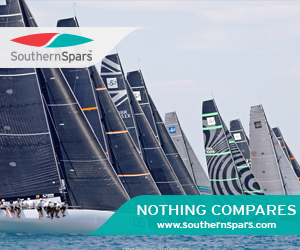
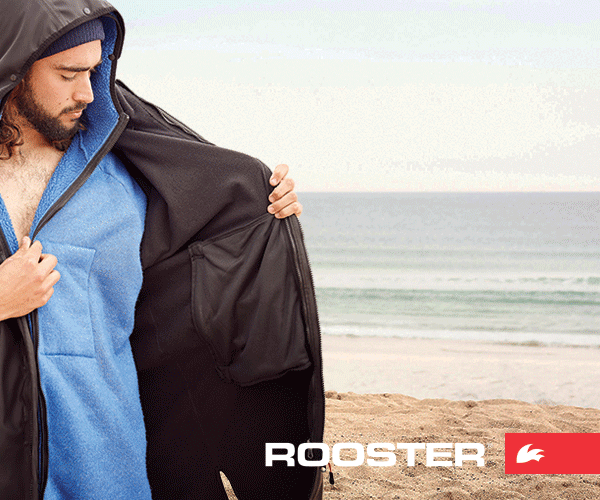
References
- ^ Watch the video summary here (comunicacionrrpp.sharepoint.com)
- ^ www.puigvelaclassica.com (www.puigvelaclassica.com)